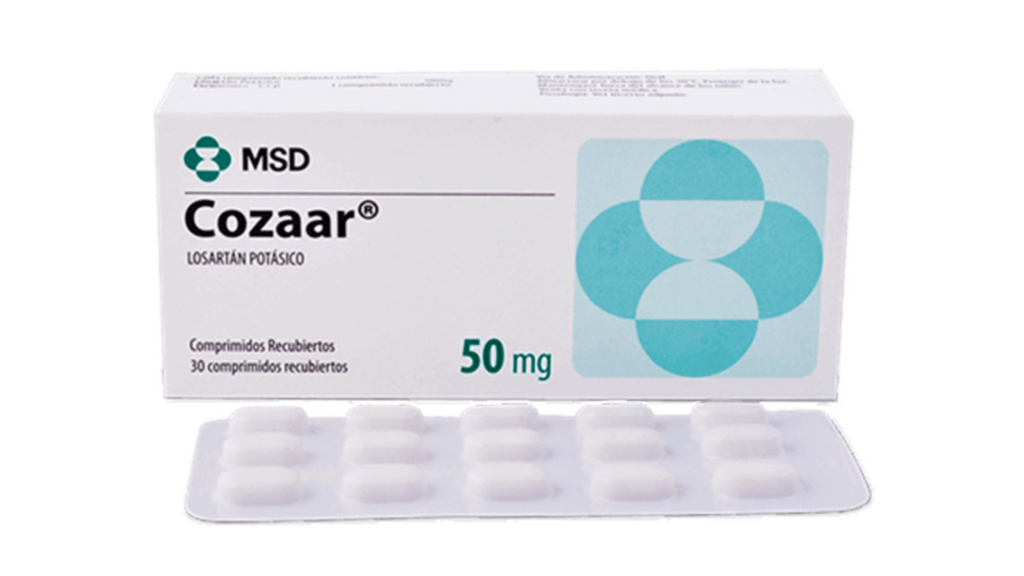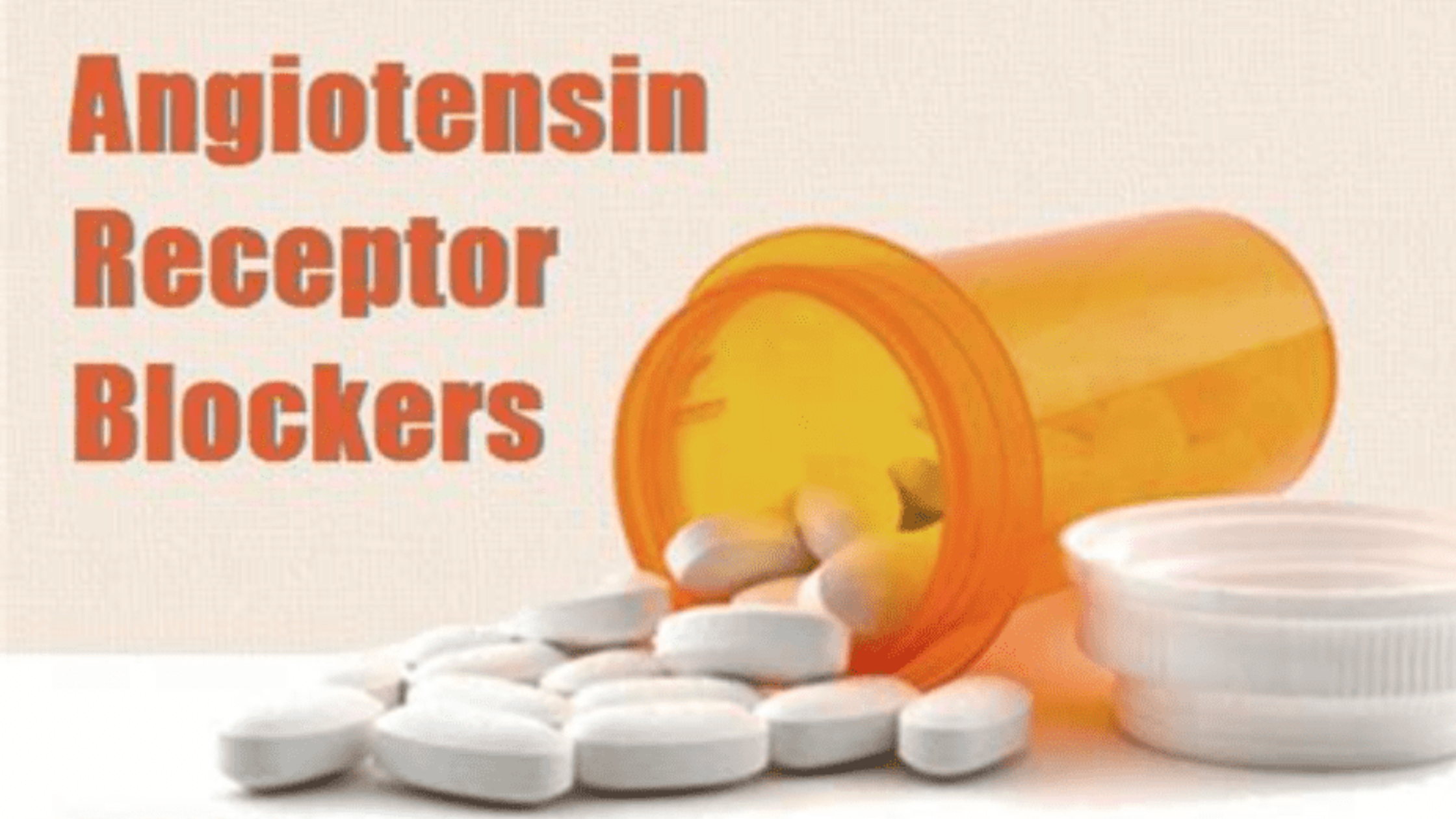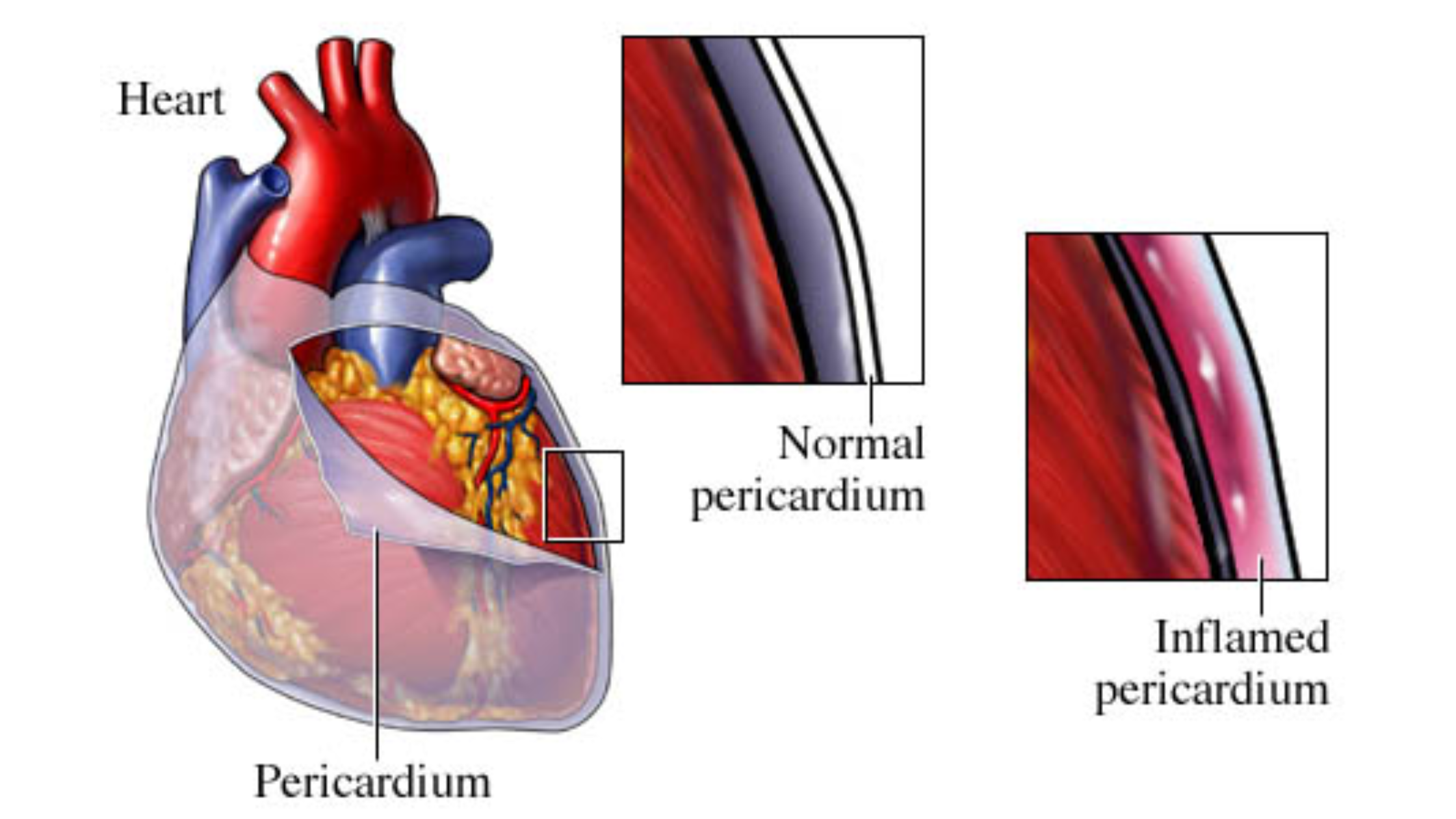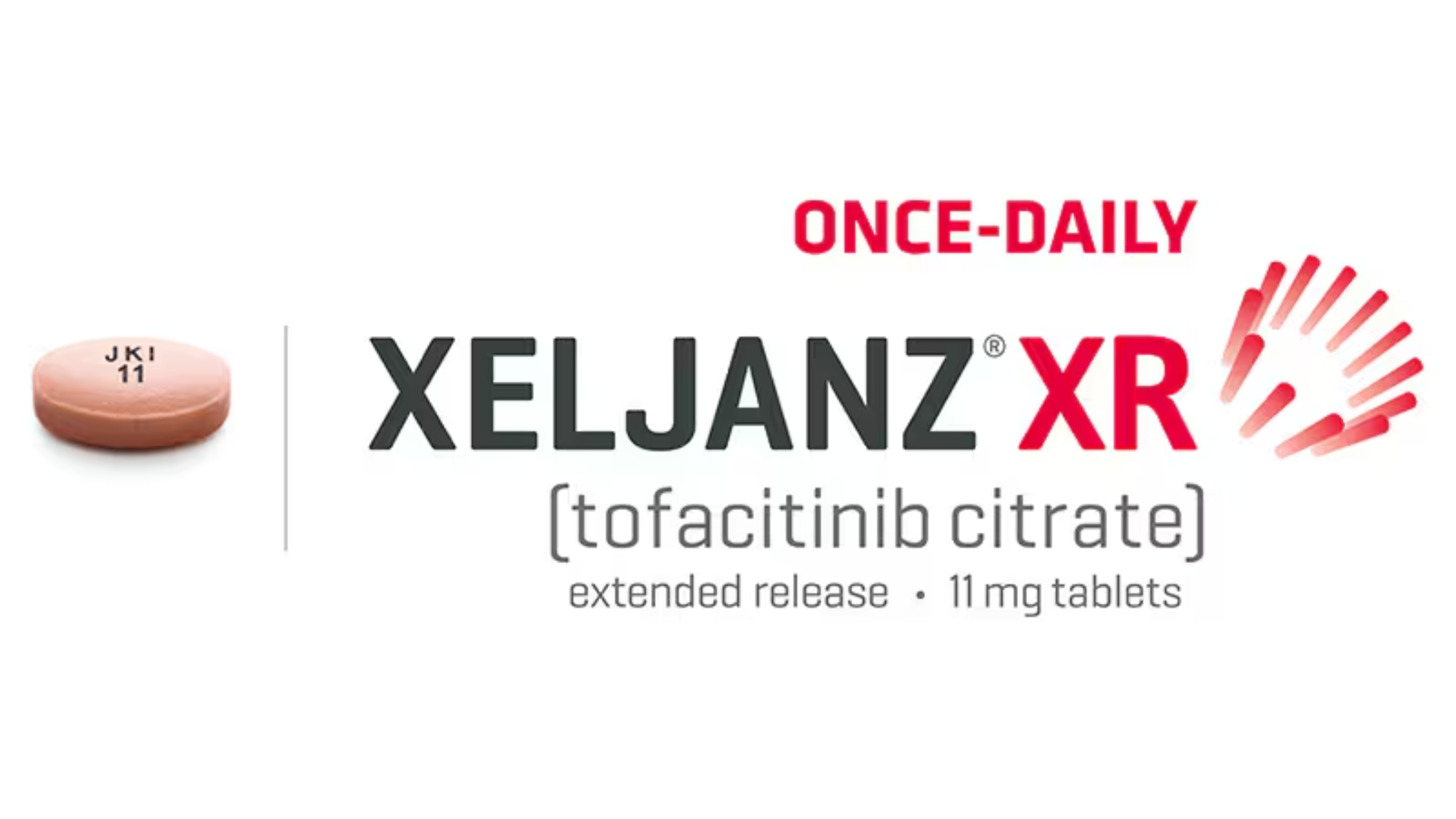Last updated on August 23rd, 2024 at 12:37 pm
Angiotensin II receptor blocker ARB drugs are also referred to as angiotensin receptor blockers or angiotensin receptor antagonists. They constitute a vital class of medications used in the management of various cardiovascular and renal conditions. These medications play a pivotal role in the treatment of hypertension, heart failure, kidney diseases, and angina by targeting the renin-angiotensin-aldosterone system (RAAS). Here, I will explore the mechanisms of ARB drugs, their medical applications, potential side effects, and the importance of consulting your healthcare professional before commencing any treatment, with a particular focus on their role in addressing angina and chest pain.
The Renin-Angiotensin-Aldosterone System (RAAS)
Before diving into ARB drugs, it is essential for you to comprehend the RAAS, a complex physiological system that regulates blood pressure, fluid and electrolyte balance, cardiovascular function, and, in the context of this discussion, angina and chest pain. The system primarily consists of three key components: renin, angiotensinogen, and angiotensin-converting enzyme (ACE).
- Renin: This enzyme is secreted by specialized cells in your kidneys in response to low blood pressure or low sodium levels, contributing to blood vessel constriction that can lead to angina and chest pain.
- Angiotensinogen: Angiotensinogen is a protein produced by your liver that circulates in your blood and contributes to the development of angina and chest pain.
- ACE: Angiotensin-converting enzyme converts angiotensin I into angiotensin II, which is a potent vasoconstrictor, leading to increased blood pressure, angina, and chest pain, as well as salt and water retention.
The Role of Angiotensin II Receptor Blockers (ARBs)
ARBs work by blocking the actions of angiotensin II at the angiotensin II type 1 (AT1) receptor, making them particularly valuable in addressing angina and chest pain, among other conditions. By preventing angiotensin II from binding to its receptors, ARBs help relax your blood vessels, decrease blood pressure, and mitigate the effects of angiotensin II on the heart and kidneys. Their therapeutic benefits extend to managing angina and chest pain in the following ways:
A. Hypertension Management: ARB drugs are frequently prescribed to treat high blood pressure (hypertension), a condition that often exacerbates angina and chest pain. By reducing blood pressure, ARBs relieve the pressure on the heart and blood vessels, ultimately reducing the incidence of angina and chest pain.
B. Heart Failure: In individuals with heart failure, the heart struggles to pump blood efficiently, which can result in angina and chest pain. ARBs alleviate the strain on the heart by dilating blood vessels, reducing the workload, and improving cardiac function, thus mitigating angina and chest pain.
C. Kidney Protection: ARBs are instrumental in protecting your kidneys, especially in cases involving angina and chest pain due to kidney complications, such as diabetic nephropathy. By reducing the pressure in the kidney’s filtering system (glomerulus), ARBs can slow the progression of kidney disease, preventing complications such as chest pain and angina.
Common ARB Medications
Several ARB drugs are available on the market, each offering you unique properties and recommended uses. Some common ARB medications used for addressing angina and chest pain, among other conditions, include:
A. Losartan (Cozaar) B. Valsartan (Diovan) C. Irbesartan (Avapro) D. Olmesartan (Benicar) E. Candesartan (Atacand) F. Telmisartan (Micardis)

Potential Side Effects
ARB drugs are generally well-tolerated, but like any medication, they can cause you side effects, including those relevant to angina and chest pain management:
- Dizziness or lightheadedness, which may exacerbate chest pain in some cases.
- Headache, is a common symptom in individuals with angina.
- Fatigue can worsen the experience of angina and chest pain.
- An upset stomach, while not directly linked to angina and chest pain, can affect one’s overall comfort.
In rare cases, ARBs may lead to more serious side effects such as kidney dysfunction, allergic reactions, and low blood pressure, potentially worsening angina and chest pain. It is essential to promptly discuss any side effects or concerns with a healthcare professional.
Precautions and Consultation
Before starting any ARB treatment, you should consult your healthcare provider. This is especially if your primary concern is angina and chest pain. It is crucial for you to discuss medical history, current medications, and potential interactions to ensure safe and effective use. Special consideration is required for you if you are pregnant or a nursing individual, if you have liver or kidney disease, and if you are taking potassium supplements, as these factors can also be linked to the presence or exacerbation of angina and chest pain.
Keep in mind
Angiotensin II receptor blocker (ARB) drugs are invaluable in the management of cardiovascular and renal conditions, with a significant role in mitigating angina and chest pain. By blocking the effects of angiotensin II, ARBs help lower your blood pressure, improve cardiac function, and protect your kidneys. While generally well-tolerated, you must consult your healthcare professional to ensure the appropriate use of ARB medications, considering individual health factors and potential interactions. ARBs have significantly improved the management of hypertension, heart failure, kidney diseases, angina, and chest pain, contributing to better overall patient outcomes. For more tips of maagig health, visit the Medical Antidote.




